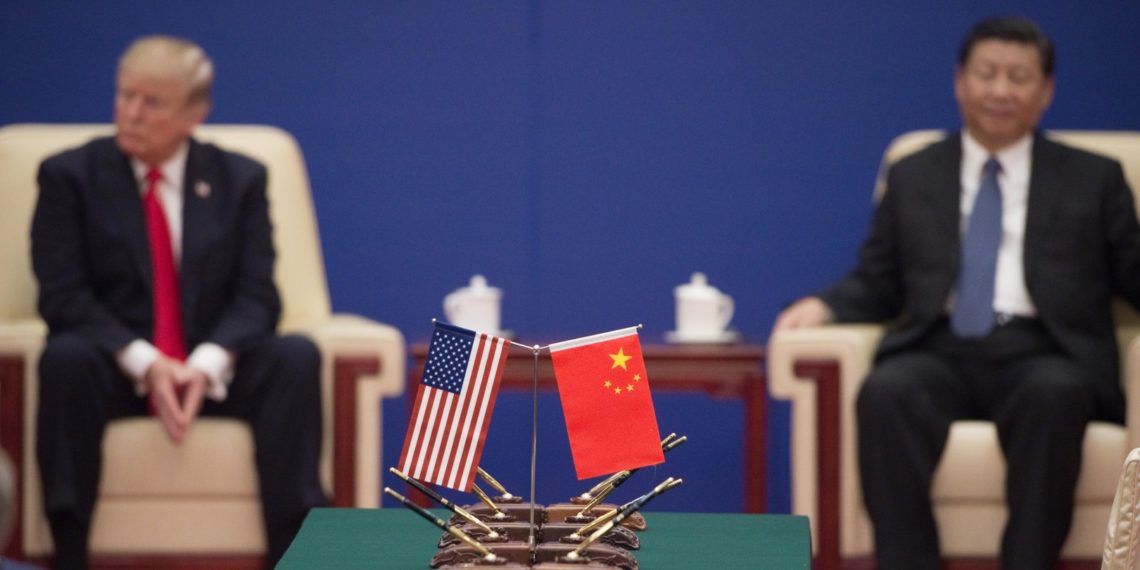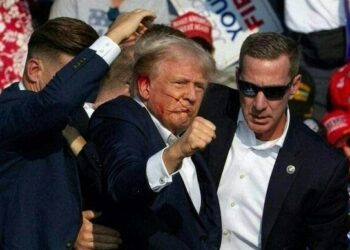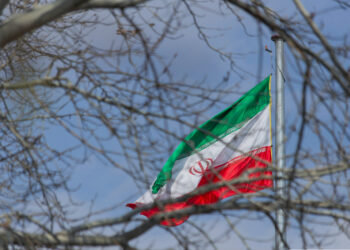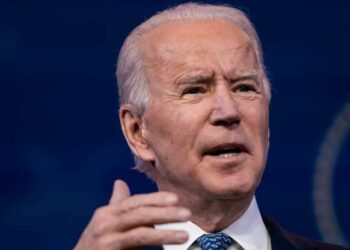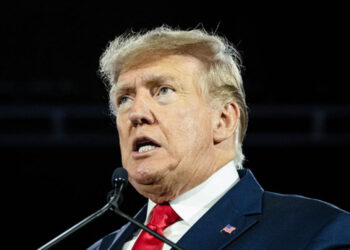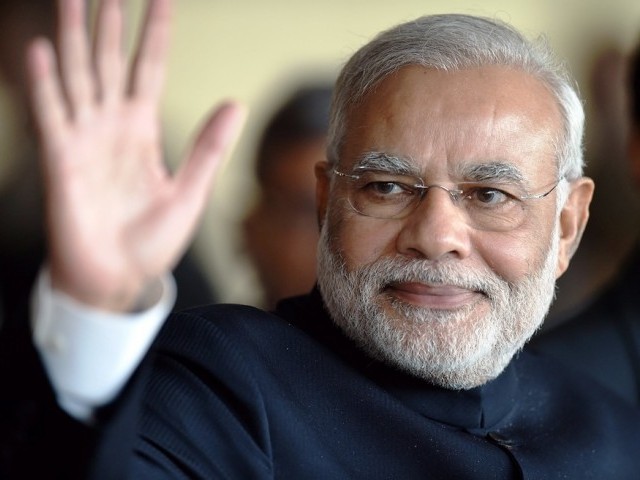Consider three aspects of the trade relationship between the United States and China. First, a U.S. tech company, such as Apple, that wants to provide cloud services to Chinese citizens can do so only if it agrees to store data in China on servers that are owned by a Chinese partner. The U.S. has no such regulations that would bind a similarly interested Chinese tech company.
Second, with regard to electric vehicles, Tesla CEO Elon Musk has rightly pointed out that no U.S. car company is allowed to own even 50 percent of its factory in China. For a U.S.-owned electric vehicle company to do business in China, it must have a Chinese partner and transfer technology to this partner. In contrast, there are five 100 percent China-owned electric vehicle companies operating in the U.S. with no requirement that they transfer technology.
Also, no US auto company is allowed to own even 50% of their own factory in China, but there are five 100% China-owned EV auto companies in the US
— Elon Musk (@elonmusk) March 8, 2018
Third, when the U.S. helped China join the World Trade Organization in 2001, it was given the status of “developing country.” This allowed the country to levy high tariffs on imports from the U.S. and Europe even as it benefited from low duties on its exports. The understanding at that time was that China would gradually reform and open up to the world. However, instead of doing this, China effectively reformed and closed.
These three aspects tell us that President Donald J. Trump clearly has a case when he says that the Chinese are “eating our lunch” and that China needs to be confronted about its unfair trade practices. Despite being right in principle, Trump’s trade war is unlikely to yield any positive outcomes for the U.S. in the foreseeable future. Why not? My research in international economics suggests that there are three interrelated reasons.
Not Bringing Allies on Board
Many of President Trump’s grievances about Chinese trade policies are shared by allies such as the European Union. For instance, exporters from E.U. nations face many of the same roadblocks that U.S. firms face when they seek to do business in China. This notwithstanding, President Trump has done little to engage in robust diplomacy with the E.U. that would present Beijing with a united U.S./E.U. front demanding that it play fair.

Therefore, many of the U.S. allies have been reluctant to push the behemoth that is China, and President Trump’s justifiable moves against China lack some of the credibility that they otherwise would have had. To add insult to injury, in addition to not bringing allies on board, President Trump has unwisely decided to attack some of these allies by, for instance, referring to the E.U. as a “trade foe” and slapping tariffs on steel and aluminum imported from the bloc.
Pulling Out of Trans-Pacific Partnership Trade Deal
The trans-pacific partnership (TPP) was the centerpiece of President Barack Obama’s strategic pivot to Asia. The TPP was set to become the world’s largest free trade deal, covering 40 percent of the global economy. This deal would have expanded U.S. trade and investment overseas, enhanced economic growth, and, most importantly, advanced U.S. strategic interests in the Asia-Pacific region. In a colossal blunder and apparently without even reading the deal, President Trump pulled the U.S. out of this deal. Because this deal’s objectives were as much political as they were economic, a U.S.-led TPP would have served as an effective deterrent against some – and possibly many – of China’s egregious trade practices.
For instance, the 12-nation coalition that made up the TPP was partly designed to provide the very market access that Trump abandoned but now seeks through his unilateral trade war with China. Having observed the misguided U.S. pullout from the TPP, the remaining members of the original TPP – many of whom are staunch U.S. allies, such as Japan – are less sanguine about U.S. leadership in world trade matters and about U.S. intentions in President Trump’s trade war.
From Beijing’s perspective, President Trump’s inability to cobble together a meaningful coalition either with the E.U. or with Pacific Rim nations has allowed it to neglect structural issues in the U.S./China trade relationship and focus instead on short-term issues like buying more U.S. products.
Wrong Policy Instrument
The central problem with the U.S./China trade relationship stems from the dueling perspectives regarding how each nation got to where they now are.
Washington’s view is that China is responsible for heavy job losses in the U.S., stealing corporate secrets, denying fair market access to U.S. firms, and cheating at the rules of international trade. In contrast, Beijing believes that China has gotten to where it presently is because of clever investments in infrastructure and human capital and the hard work and the sacrifices of its people. As such, it views Trump’s trade war as an attempt to contain the rise of China. More generally, the basic problem is structural in the sense that there is a conflict between two different economic systems. The U.S., specifically, is unhappy about China’s vision of growth and prosperity that is driven by mercantilist state capitalism with little regard for human rights.
For 10 months, China has been paying Tariffs to the USA of 25% on 50 Billion Dollars of High Tech, and 10% on 200 Billion Dollars of other goods. These payments are partially responsible for our great economic results. The 10% will go up to 25% on Friday. 325 Billions Dollars….
— Donald J. Trump (@realDonaldTrump) May 5, 2019
Because the underlying problem is structural, there is simply no way to solve this problem with tariffs alone. Tariffs certainly inflict pain on China but significant constituencies in the U.S., such as buyers of Chinese consumer and intermediate goods, are also detrimentally affected. Hence, it is unclear how long negatively impacted Americans will continue to support Trump’s use of tariffs to obtain concessions from China.
Solution
The solution to this structural problem has two parts to it: one external and one internal.
The external part, where the U.S. has leverage, involves the engagement of the U.S. in robust, multilateral diplomacy so as to present the most credible case possible to China that it needs to change its current trade and industrial policies. The internal part, over which the U.S. has little leverage, involves the exertion of pressure from within the leadership of the Chinese Communist party.
Without both parts playing out together, it is difficult to see a positive, stable, and long-term outcome emerging from President Trump’s trade war with China.
Disclaimer: The views and opinions expressed here are those of the author and do not necessarily reflect the editorial position of The Globe Post.

